1. High Torque Output
Hydraulic slewing drives are designed to produce exceptionally high torque levels, which is essential for rotating heavy loads and handling large moments. Unlike electric motors, hydraulic motors can deliver a continuous high torque output even at low speeds without overheating or losing efficiency. This makes them perfect for applications like cranes lifting massive loads, excavators rotating heavy booms, or mining equipment rotating large drill heads. The hydraulic fluid’s incompressibility ensures immediate torque transmission, allowing for quick and powerful rotational movements. the torque can be precisely modulated by adjusting hydraulic pressure, giving operators fine control over the force applied.
2. Compact and Space-Saving Design
The integration of the hydraulic motor, gearbox, and slewing bearing into a single, compact unit reduces the footprint and weight of the drive system significantly. Traditional setups often require separate components connected by shafts or couplings, which take up more space and add complexity. By combining these parts, hydraulic slewing drives streamline the mechanical layout and reduce the number of assembly points that could fail. This compactness also allows designers to create slewing systems that fit into confined spaces in heavy machinery, optimizing the overall machine size and balance. It’s especially beneficial in equipment where space and weight savings directly translate to better maneuverability and fuel efficiency.

3. Smooth and Precise Motion Control
Hydraulic systems offer unparalleled control over motion due to the fluid’s ability to be finely regulated through valves and pumps. Hydraulic slewing drives provide smooth acceleration and deceleration without the jerky movements that can occur with mechanical systems. This smoothness is vital when precise positioning is required, such as in construction cranes positioning loads or in turret rotation on marine vessels where accuracy affects operational safety. Operators can control speed, direction, and stopping points with high precision by adjusting the hydraulic flow and pressure, enabling delicate operations even under heavy loads. the system’s responsiveness helps prevent overshoot or oscillation, improving overall control quality.
4. Robustness and Durability
Hydraulic slewing drives are engineered to endure harsh working conditions typical in heavy industry environments. Their robust housing protects internal components from dust, dirt, moisture, and mechanical shocks. The hydraulic fluid also serves as a lubricant and coolant, reducing wear and heat build-up within the drive. This dual function extends the lifespan of gears and bearings compared to mechanical-only drives. Many industrial slewing drives are designed to meet strict industry standards for impact resistance and corrosion protection, ensuring reliable operation in mining pits, construction sites, offshore platforms, and other demanding locations. With proper maintenance, these drives can operate for thousands of hours without failure, minimizing costly downtime.
5. High Reliability and Safety
Hydraulic slewing drives typically have fewer moving mechanical parts than equivalent purely mechanical or electric drives, resulting in fewer points of failure. The simplicity and robustness of hydraulic motors contribute to system reliability, especially under heavy load and continuous operation. hydraulic circuits can incorporate built-in safety features such as load-holding valves that prevent unwanted movement when the system is off, and pressure relief valves that protect components from overload or spikes. These safety mechanisms are critical in heavy machinery applications where sudden failures or uncontrolled movements could cause accidents, injuries, or equipment damage. Overall, hydraulic slewing drives offer operators peace of mind through dependable performance and integrated safety.
6. Versatility and Easy Integration
Hydraulic slewing drives are compatible with a wide range of hydraulic power units and control systems, making them highly versatile. Whether used in mobile cranes, excavators, solar trackers, or marine cranes, these drives can be integrated seamlessly into existing hydraulic circuits. Their modular design allows engineers to customize slew speeds, torque ratings, and mounting configurations to meet specific application requirements. hydraulic slewing drives can be designed for both continuous rotation and limited-angle slewing, further broadening their usability. This adaptability makes them a preferred choice across various sectors that demand robust rotational motion with flexible control.

 ENG
ENG
 English
English русский
русский Español
Español
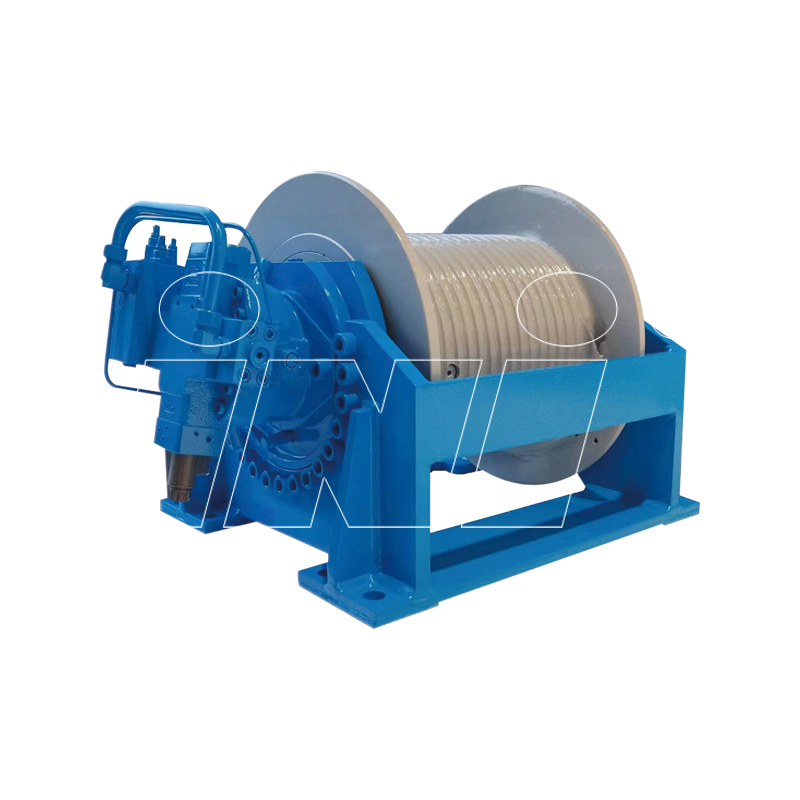
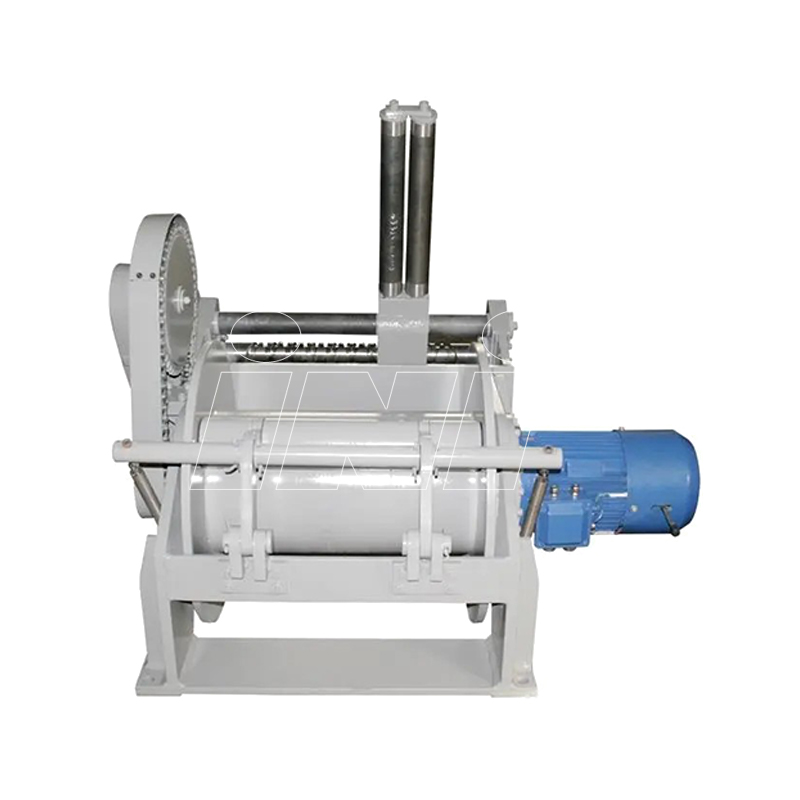
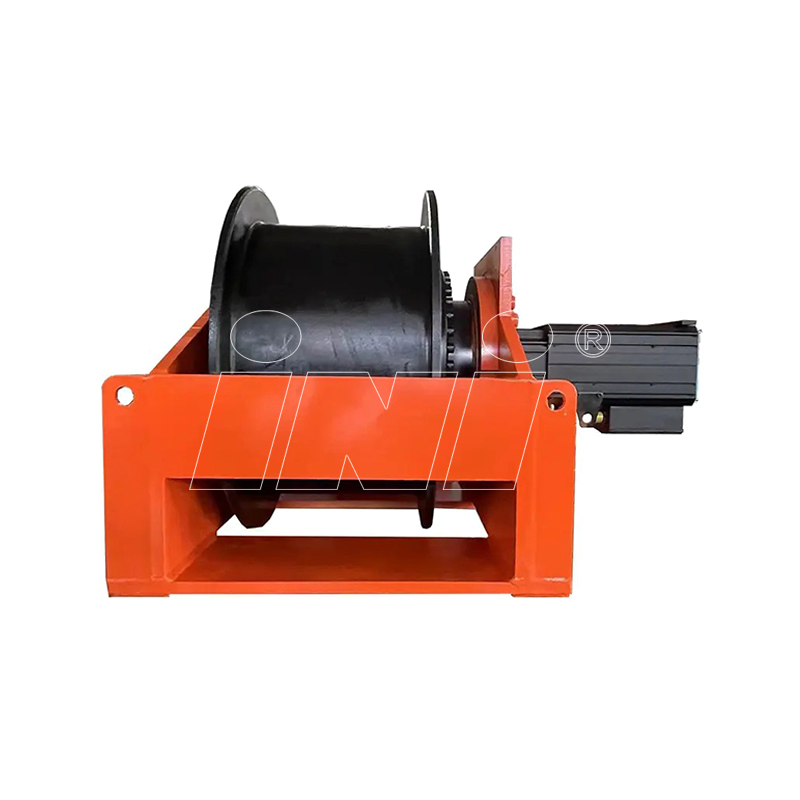

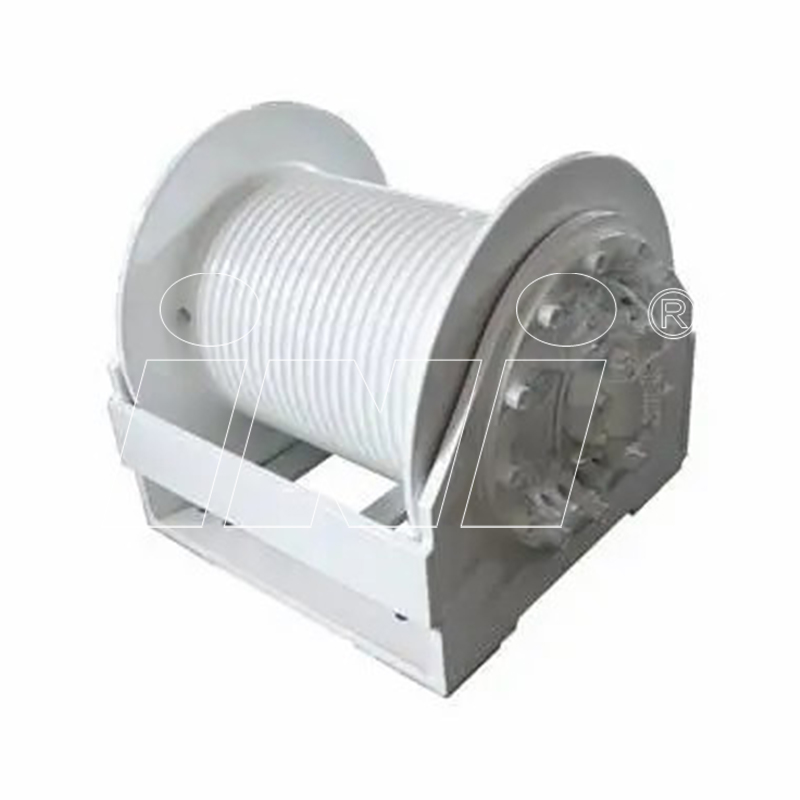
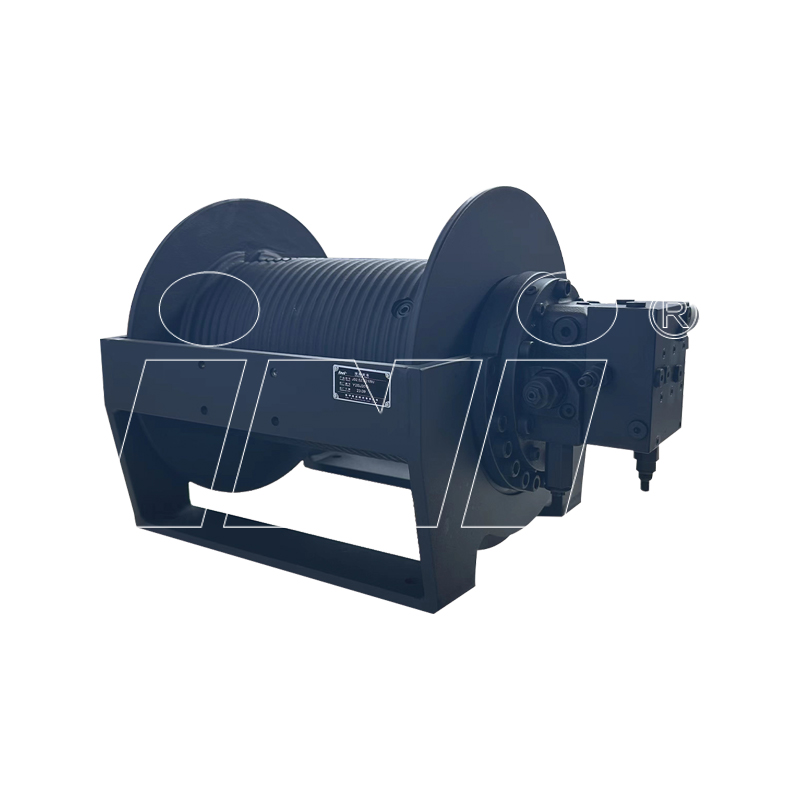
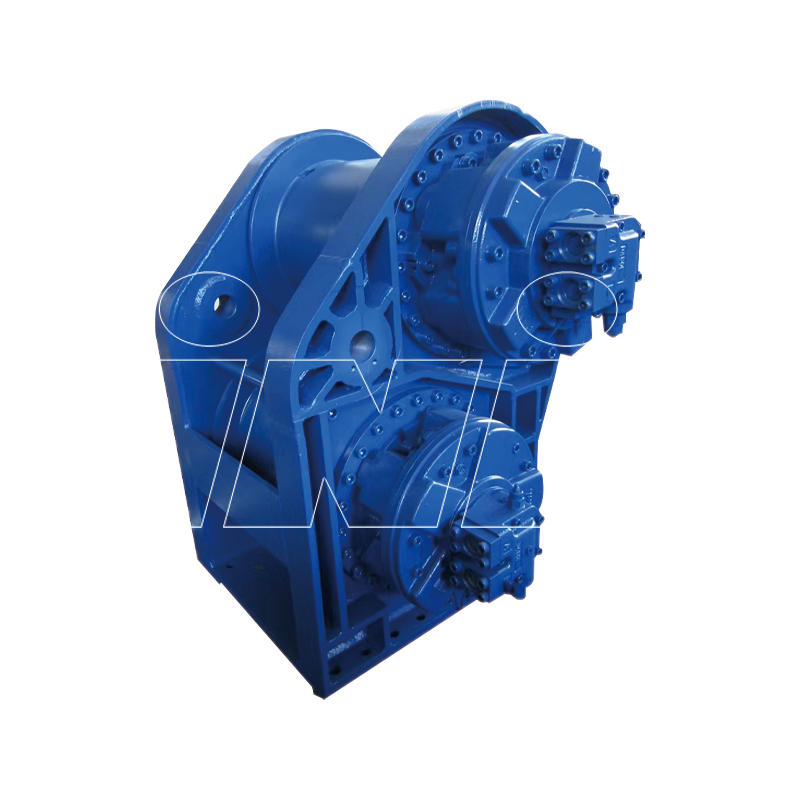

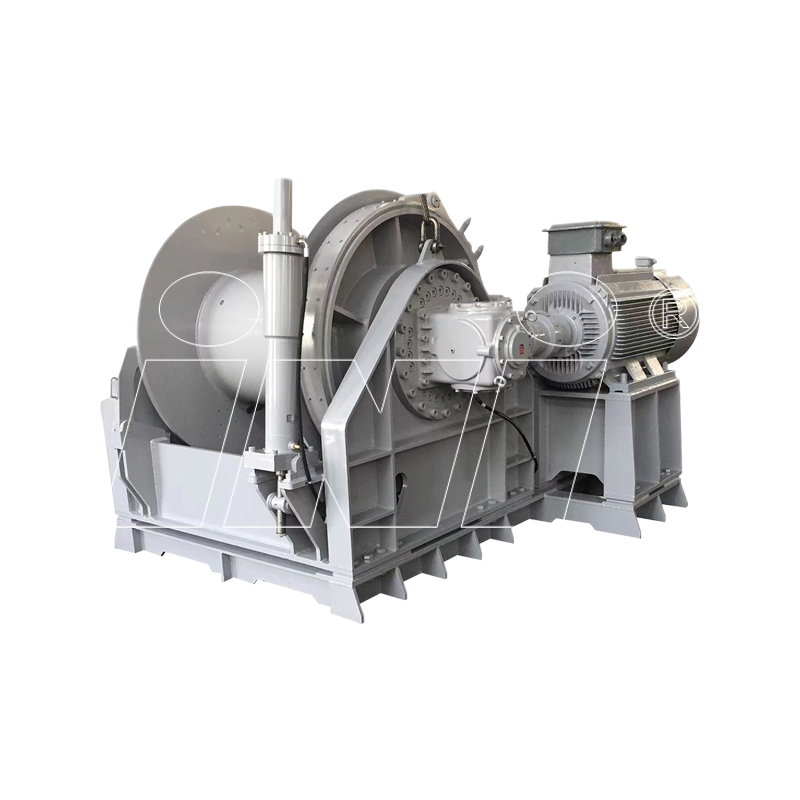

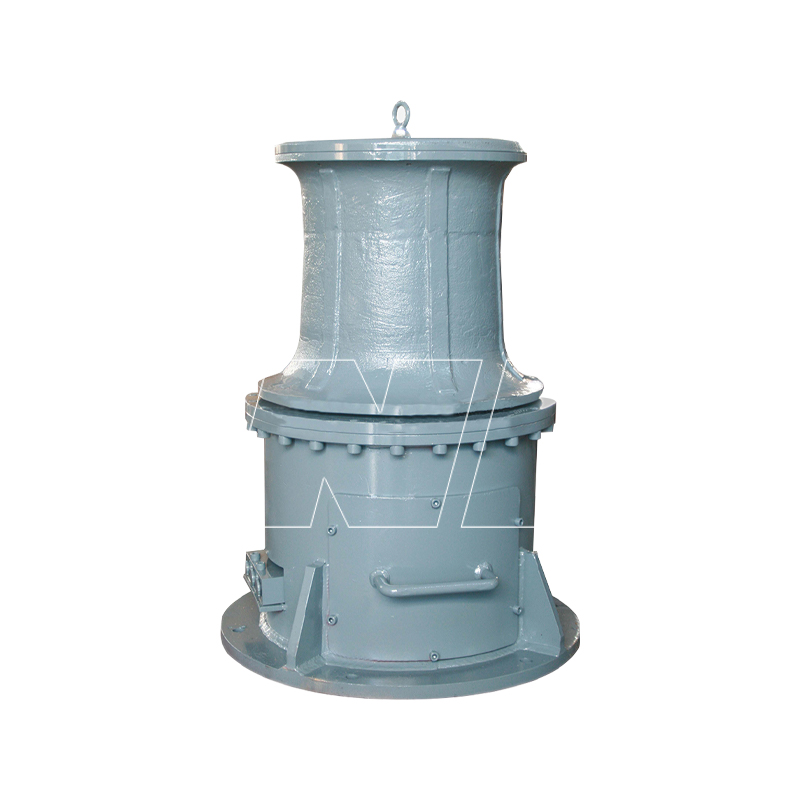

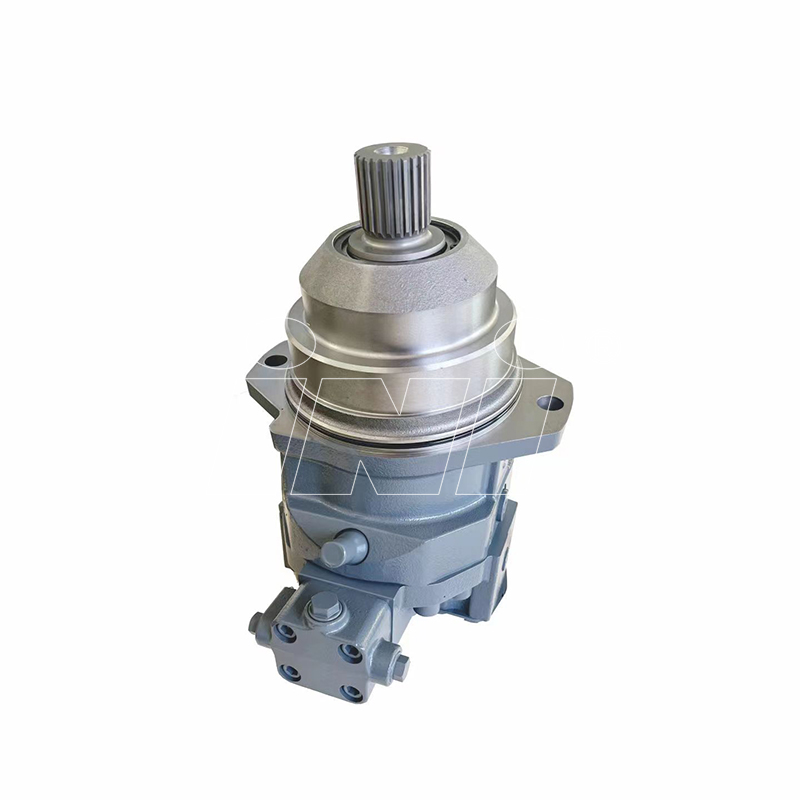

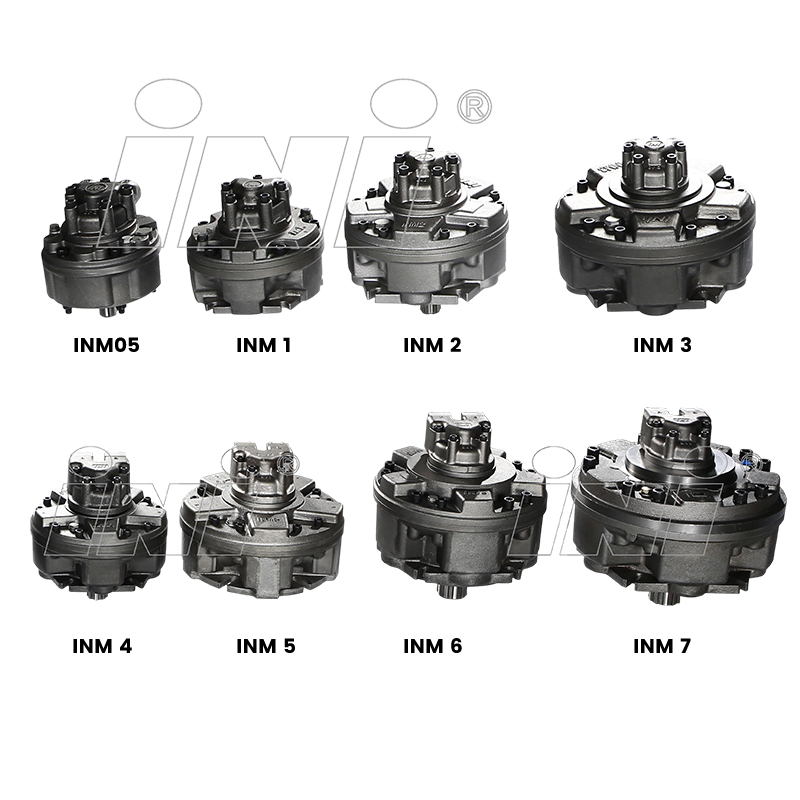

 English
English русский
русский Español
Español
 TOP
TOP